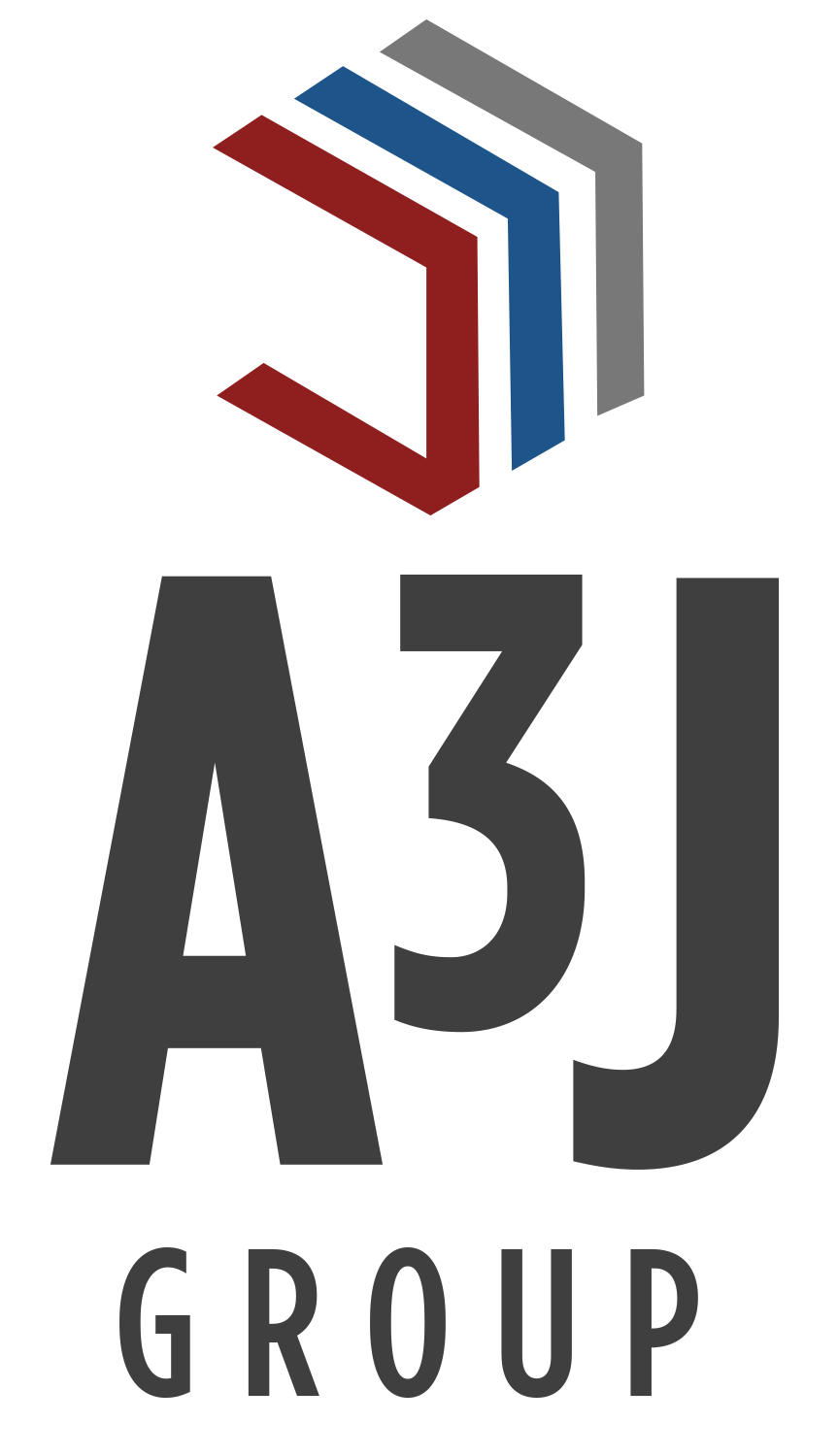The Java platform consists of several programs, each of which provides a portion of its…
Jenkins Reviews, Pros & Cons Companies using Jenkins
For this reason, Jenkins is well understood, with a broad knowledge base, extensive documentation, and abundant community resources. These resources make it easier to install, manage and troubleshoot Jenkins installation. In addition, access to the server via the Jenkins UI is similarly limited to the fewest number of users using standard techniques such as multifactor authentication. This can be accomplished by using the user security features of the HTTP server in use for the UI. The Jenkins X project was formerly launched in 2018 with the goal of creating a modern, cloud native Jenkins.

By integrating a large number of testing and deployment technologies, Jenkins lets you deliver your software products continuously. It is capable of combining the various phases of the development life cycle, such as build, test, package, deploy, analysis, and many others. Looking at the above conditions, Linkedln decided to move from its traditional feature-based development lifecycle to continuous deployment. This required migrating the old code and building automated tools to make the new system work, halting Linkedln’s development for months.
Development Before Jenkins
Jenkins is an open source continuous integration/continuous delivery and deployment (CI/CD) automation software DevOps tool written in the Java programming language. In an application development project, there would be a stream of continuous delivery pipelines that operate from start to finish. Jenkins pipeline consists of plugins that help integrate these delivery pipelines into Jenkins.

Depending on the project and build requirements, you could opt for ‘N’ number of agents. Agents can run on different operating systems and depending on the ‘type of build request’, the appropriate definition of Jenkins Agent is chosen by the Master for build execution and testing. In such scenarios, the distributed (or Master-Agent) architecture of Jenkins is used for continuous integration and testing.
UI Improvements to Jenkins and CloudBees CI
It composes a software application as a group of multiple loosely-coupled services. This type of approach is useful when you need to develop complex and extremely large software applications. Also, the microservices architecture makes it possible to quickly add new features to existing applications and bring them to market.
At present, there are millions of downloads and active users of Jenkins. Continuous integration is a procedure to integrate all the code changes done by several developers in one project. A code is repeatedly tested after a commit to guarantee the code is error and bug-free. Written in Java, Jenkins allows continuous development, testing, and deployment of newly created codes.
Enabling task automation
With the multiple-choice options and plugins for build, integration, test or deploy available Jenkins, is a fantastic tool. Once a process has been automated, it requires comparatively less time to review and update meaning it can branch out and focus on working on its strong points or experiment in new fields. Jenkin achieves Continuous Integration with the help of well over 1000 plugins, that allow you to build, test and deploy on a continuous basis.

In 2014 Kawaguchi became CTO of CloudBees, which offers Jenkins-based continuous delivery products. As an extensible automation server, Jenkins can be used as a simple
CI server or turned into the continuous delivery hub for any project. Jenkins is an open-source project that is entirely free to use. Jenkins https://www.globalcloudteam.com/ has a vibrant development community that meets both in-person and online regularly. This simplifies installation while restricting resources to a single computer, virtual machine, or container. Remember that Jenkins does not support federation between servers, which may cause performance problems.
What is the main purpose of Jenkins?
We have a lot of operations running using Rundeck (including deployments) and we also have various roles created in Ansible for infrastructure creation, which we execute using Rundeck. Since we are already using Rundeck for executing the Ansible role, need an advice. What difference will it make if we replace Rundeck with Ansible Tower? We are using Jenkins to call Rundeck Job, same will be used for Ansible Tower if we replace Rundeck. Now we learned how to create a freestyle Jenkins build job and
triggered it automatically using github webhook. We will be selecting the “Delete workspace before build starts”,
this will clean up the workspace in the Jenkins server where this build job
will run, in our case “Agent 1”.
It requires a Java 8 VM and above and can be run on the Oracle JRE or OpenJDK. Usually, Jenkins runs as a Java servlet within a Jetty application server. It can be run on other Java application servers such as Apache Tomcat. More recently, Jenkins has been adapted to run in a Docker container. There are read-only Jenkins images available in the Docker Hub online repository. Jenkins Tutorial focuses on the distributed architecture of Jenkins and also explains how to create a build in Jenkins.
Architecture Of Jenkins
Locating and fixing bugs after a test, was difficult and time-consuming, which delayed the entire delivery process. Another process you must be aware of is the Continuous Integration (CI) in Jenkins, every CI build has to be verified before moving on to the next phase. Continuous Delivery/Continuous Deployment (CD), a process similar to the software development lifecycle.
- Continuous integration is an essential aspect in environments with multiple developers.
- Jenkin achieves Continuous Integration with the help of well over 1000 plugins, that allow you to build, test and deploy on a continuous basis.
- Jenkins enables teams to automate their build, test, and deployment processes effectively.
- To do this in an organization with multiple teams and multiple projects is difficult if you do so only using one server.
- Continuous development refers to the process of automating the development and packaging of source code and deploying it to testing and production environments.
- Kohsuke Kawaguchi first developed Hudson in 2004 while working at Sun Microsystems.
Developers need only to commit their changes, and Jenkins will manage all other processes autonomously. Elimination of manual effort ultimately results in better efficiency and also lower costs for enterprise technology development. Jenkins is an open-source automation platform that enables a digital application’s continuous development and deployment. It is written in Java and has plugins that cater to various facets and characteristics of continuous integration. It can help enterprises accelerate their software or app development initiatives significantly.
GitLab CI/CD
Jenkins proves to be an excellent open-source platform, however, there are some drawbacks to using open-source tools, especially when running a developer team for a business. Although there are many uses of Jenkins, it often looks fundamentally similar. Jenkins or another CI system can deploy code to staging or production automatically if all the tests written for the same within a specific feature or release branch are green. This can be done in a dynamic staging environment, and after they are merged it is deployed directly to a central staging system, pre-production system or even a production environment. Sometimes things work great locally but fail when pushed on a central system. Continuous Integration tests the code against the current state of a code base and is done in the production-like environment.
